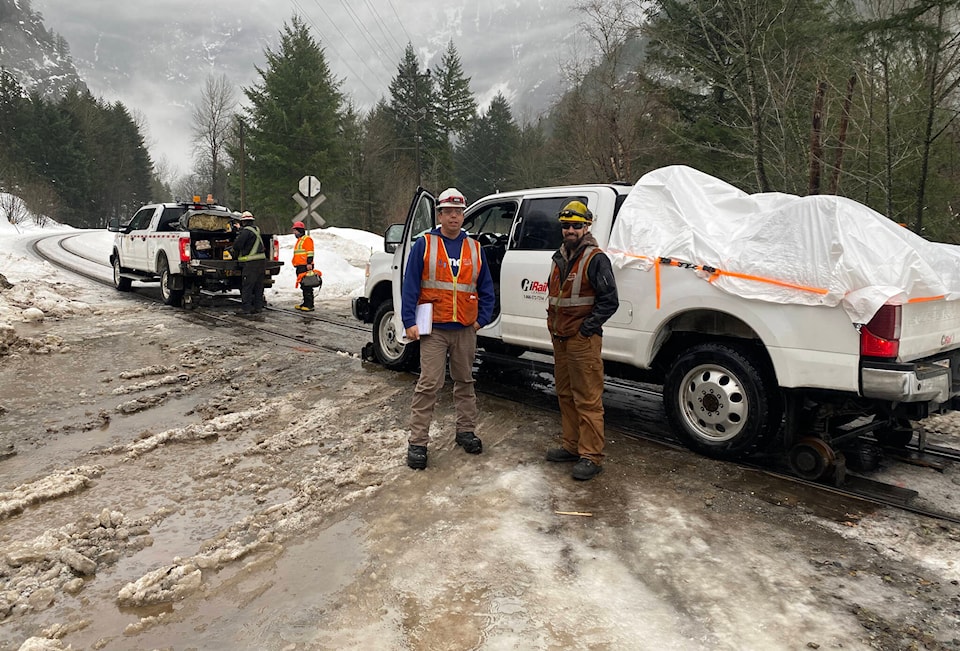When you live in a tiny community in a remote area, tight bonds are forged and you learn to be resilient.
The Spuzzum First Nation is such a community, and when they were cut off from the rest of the province by a road closure in early January, they were ready to wait it out.
“Nobody wants to go five, seven days without going to a store, but we’re quite prepared for these types of events,” said Spuzzum First Nation administrator Crystal Hatzidimitriou. “We do have quite a resilient group of families who have tons of stock in their cupboards, so even though we were stuck, everybody had food, and there was extra stuff at the band office for anyone who needed it.
“We also worked directly with Food Banks BC, which helped us bring a helicopter full of food, all the fresh veggies and milk that people didn’t have.”
Highway 1 closed at 8 a.m. Jan. 10 and re-opened four days later, on the evening of Jan. 13.
Over those four days, Hatzidimitriou said the biggest concern was getting medicine. A close partnership with CP Rail helped with that. On Wednesday, Jan. 12, CP Rail sent HiRail trucks up the tracks, delivering supplies to Spuzzum, Boston Bar and the Boothroyd Band.
RELATED: Restored heritage trail opens in Fraser Canyon
“There are some people in our community who need to take meds on a regular basic, and if they don’t have access to that, it’s not good for their health,” Hatzidimitriou said. “The delivery that arrived was extremely important at the time. That brought us prescription medicine and things like Tylenol and Advil, because we didn’t know what the closure was going to look like or how long it was going to be.”
In addition to Food Banks BC and CP Rail, other partners in the effort included Fraser Health and the Fraser Canyon Primary Care Network.
“It goes to show that even though we’re tiny communities up the (Fraser) Canyon and we do have needs, we also have great relationships with amazing people in surrounding communities,” Hatzidimitriou said. “When disaster strikes we know who we can call to get the things we need to get.”
Though Spuzzum First Nation is becoming well practiced at this sort of thing, there are always lessons to be learned.
This latest incident was a reminder that while they can get supplies in, it’s a bigger deal getting people out.
“If there’s a medical emergency and we can’t get an ambulance or an air-ambulance in here, what’s the plan?” Hatzidimitriou said. “We’re going to work with our various partners to figure out what that plan could look like. EMBC (Emergency Management BC) is really adamant that if a potential closure is forecast, people who are potentially vulnarable should be moved out of the community.
“But we’re not necessarily talking about the vulnerable population, because we can take care of them. We’re talking about the what-ifs and a tragedy that you can’t prepare for. How do you have a best-laid plan to take care of those people?”
